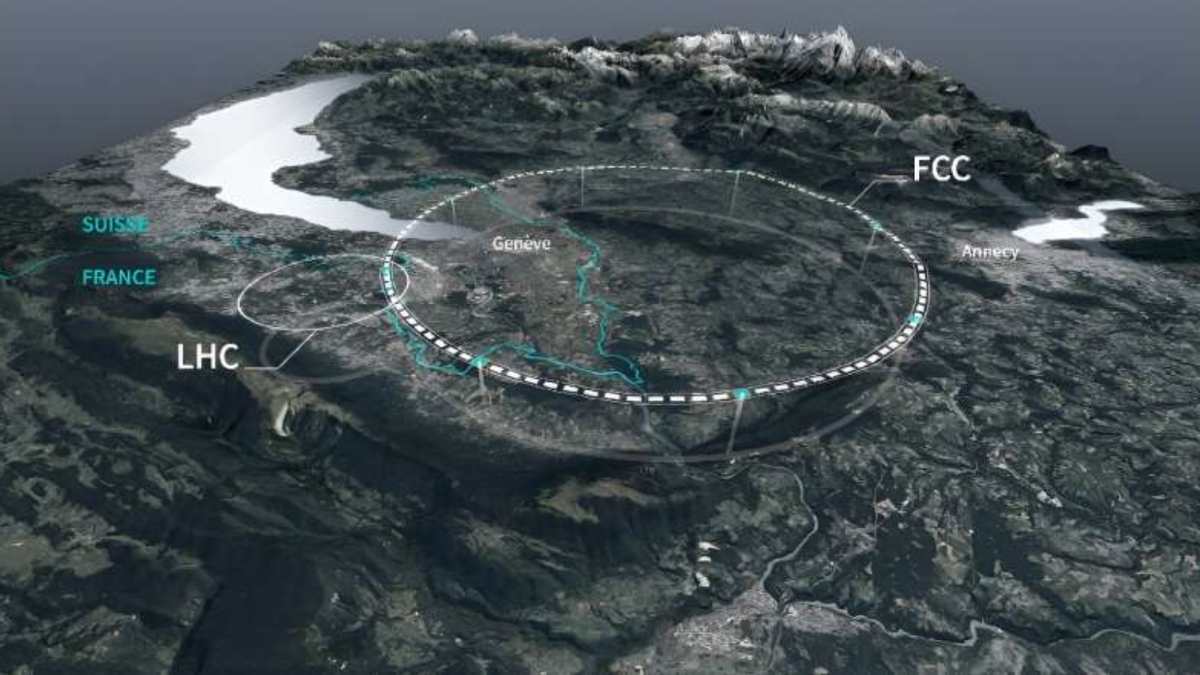Remember how nut-jobs were convinced that using the LHC would create an earth-eating black hole? I miss the simpler times.
Uneducated conspiracy theorists seemed laughably quaint back in 2012.
2012? The LHC black hole shit was the mid 2000s, around 2008 is when it peaked.
Which itself was a repeat of the same concerns that were thrown around in 2003, when CERN thoroughly debunked them the first time.
And I have full confidence we’ll see a return of them once this project gets closer to fruition.
That’s a flippin colossal collider
Right? That’s an unimaginable amount of work. Imagine trying to debug that thing if there are issues. Walking miles a day just checking on stuff lol
Have you tried turning it off and on again?
Imagine designing this thing that probably won’t be completed until you’re dust!
Then you can get accelerated in the thing you designed.
How cathedral architects must feel.
Instead of building it this big, they should build it as big as the following one will be.
Instead of building it that big, they should build it as big as the following one after the following one will be.
Build it along the equator
Build it in orbit around the sun.
Here it is the comment I was looking for. Another fellow three body problem reader, I suppose.
Is it by smashing stuff together until they break something fundamental, and the universe goes dark?
Whoops, blew the galactic breaker. Somebody has to go down to the supermassive black hole and flip it back on.
I’m sure Mehdi can find it for us.
Are the two intersecting to give scientists the option of transferring from one collider to the other? If so, why intersect at two points (they overlap a little) instead of just one (at a single tangent point)?
https://www.cern/science/accelerators/accelerator-complex
Yes, the maximum energy that a syncrotron can accelerate a beam to is determined by its size and field strength. There are multiple rings that are used to bring beams up in energy levels before feeding to the next. Each ring has many bunches of particles circulating. So each bunch has to be going close to the same speed. You wouldn’t want to do all the accelerating in one ring because it wouldn’t allow nearly continuous operation.
As for two intersecting points, the collisions involve colliding two beams. So there’s two different kicking/injecting points one for each direction.
https://cds.cern.ch/record/2002005/files/CERN-ACC-2015-030.pdf
how much will this cost?








